Writing a letter to request media use permissions can feel daunting, but it doesn't have to be! It's essential to communicate clearly and respectfully while outlining your intentions for the media you wish to use. Whether you're looking to feature a photograph, a video clip, or another type of media, a well-crafted letter can significantly increase your chances of receiving a positive response. Let's dive deeper into how to create an effective request that ensures you get the permissions you need!
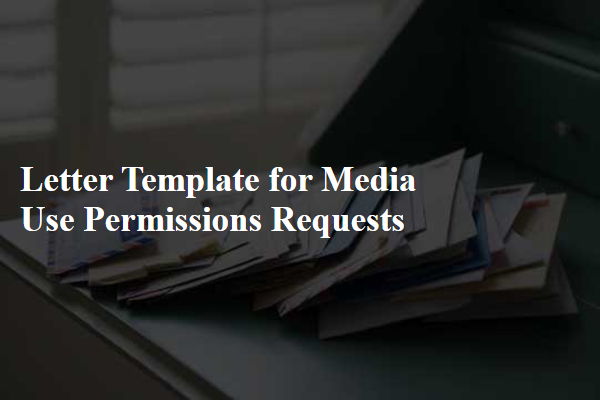
Clarity and specificity of the content request
Media use permissions requests require explicit clarity and specificity concerning the content intended for use. A detailed description of the requested material, such as images, videos, or written text, alongside contextual information including publication date and original creator, is essential. State the purpose of use, whether for commercial activities, educational purposes, or promotional materials. Additionally, include distribution scope, indicating geography (specific countries or global reach) and media platforms (social media, print, online articles). An outline of the anticipated duration of use also aids in defining the request clearly. Such comprehensive details ensure that rights holders understand the intentions behind the request and can respond appropriately.
Identification of media owner and rights holder
When requesting media use permissions, identifying the media owner and rights holder is crucial for legal and ethical considerations. For example, if seeking to use a photograph by renowned photographer Ansel Adams, it is essential to contact the Ansel Adams Gallery, which holds the rights to his works. Ensure comprehensive details are included, such as the specific image, the intended use (commercial, educational, or promotional), and the duration of use. Additionally, specifying the format (print, digital, or social media) is vital for clarity. Providing complete context around the usage can facilitate approval and strengthen the request by demonstrating respect for the rights holder's work.
Detailed description of intended usage
In the realm of media utilization, securing permissions for content usage is essential for legal compliance and ethical integrity. Intended usage can encompass various facets such as publication in journals, newspapers, or online platforms (like blogs or social media), where the reach might extend to thousands of readers. Specifics such as the duration planned for usage (potentially lasting several years), the context in which the materials will be presented (educational purposes, promotional campaigns, or artistic exhibitions), and geographical limitations (local versus global audience) are crucial. Additionally, the nature of the content, whether it includes photographs, video clips, or written articles, bears weight on the type of permissions required. Understanding these elements helps in crafting comprehensive requests that honor the original creators' rights while enabling effective dissemination of media.
Duration and extent of permission required
When requesting media use permissions, specifying the duration and extent of the permission is crucial. For instance, if a photographer seeks authorization to use images taken during the 2023 International Film Festival in Toronto, detailing the intended use of the images, such as promotional materials or social media posts, is essential. The request might specify a duration of two years for promotional use, with the possibility of renewal depending on relevance. Including the geographic scope, such as local distribution in Canada or global online access, clarifies the extent of usage. This detailed approach ensures that all parties have a clear understanding of limitations and expectations regarding the media's use.
Contact information and response deadline
Media use permissions requests often require clear contact information and defined response deadlines to ensure an efficient communication flow. Organizations typically provide essential details like the name of the requester (individual or company), phone number for immediate inquiries, and an email address for formal correspondence. It is crucial to specify a response deadline, often ranging from one to two weeks, to allow sufficient time for review and to facilitate timely decisions. Providing a link to relevant media files or a brief description of intended use can also expedite the process, ensuring all parties understand the context and purpose behind the request.

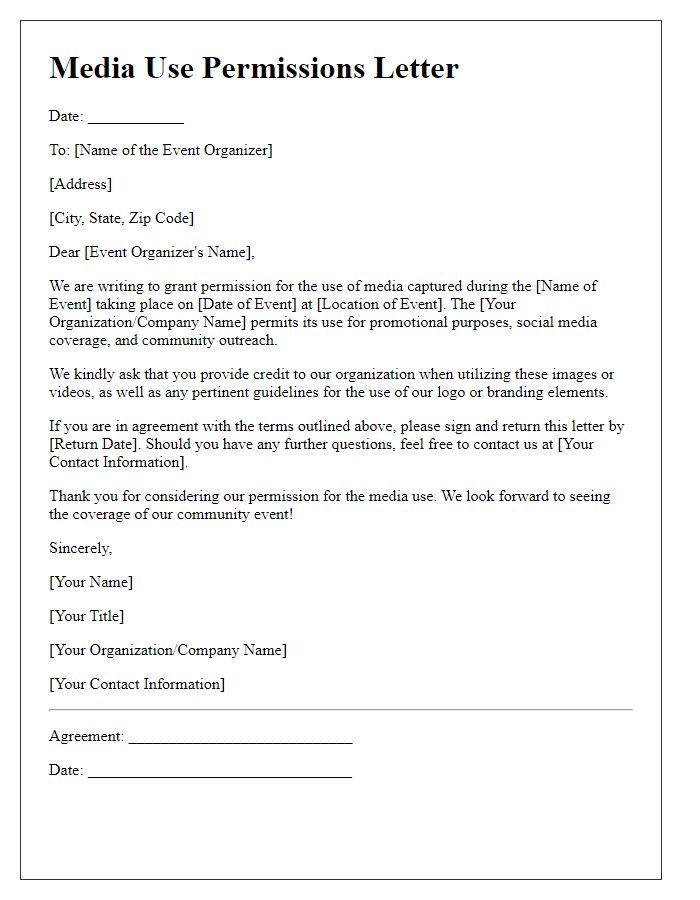
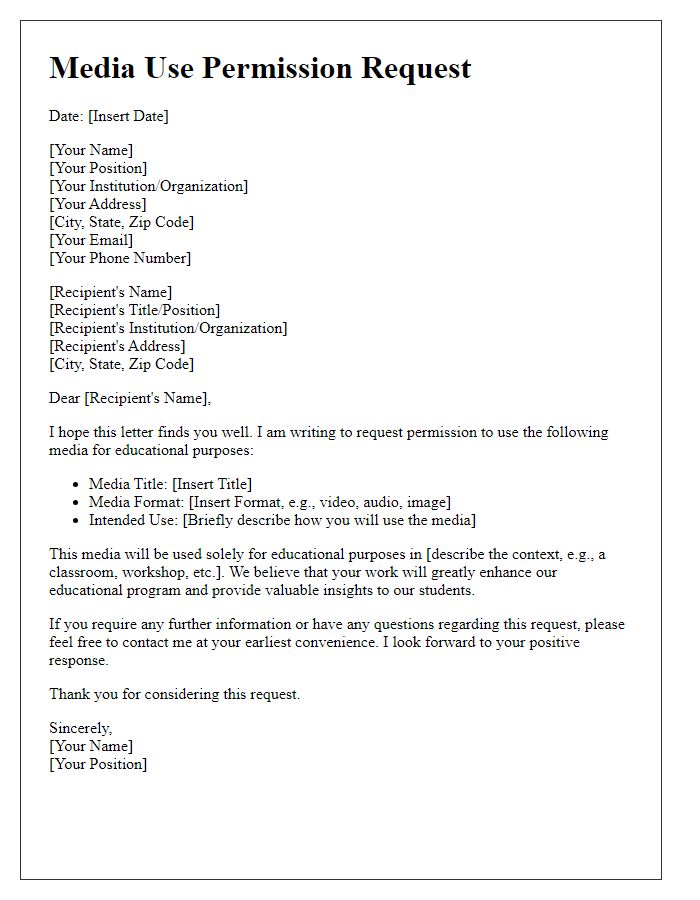
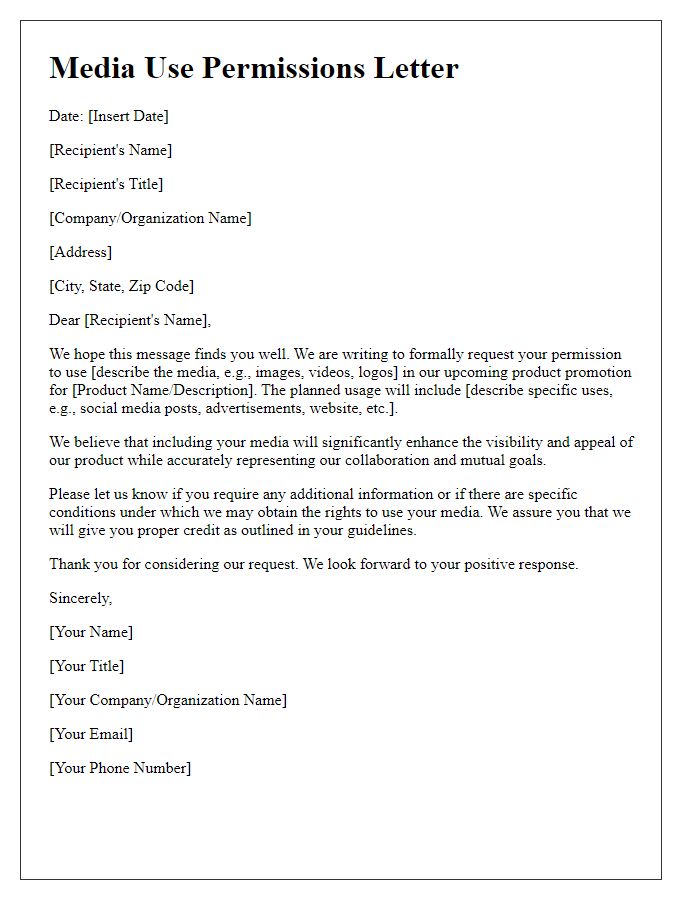
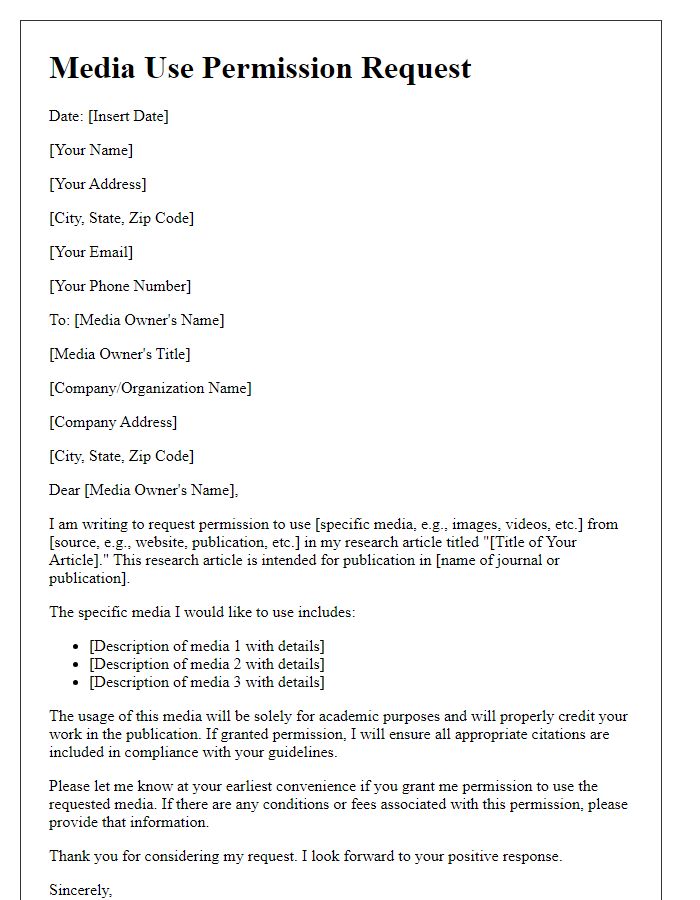
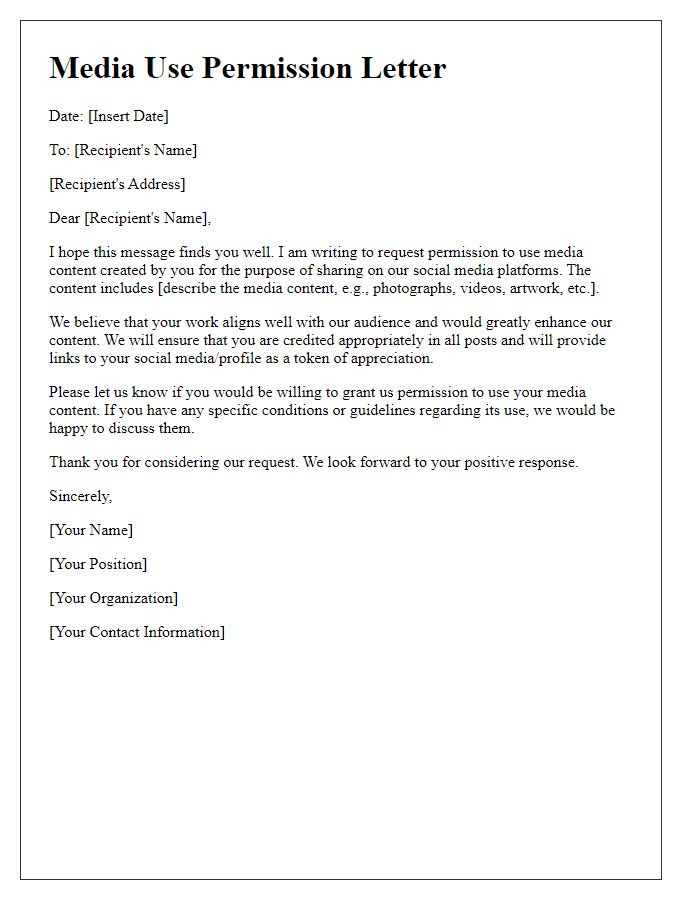
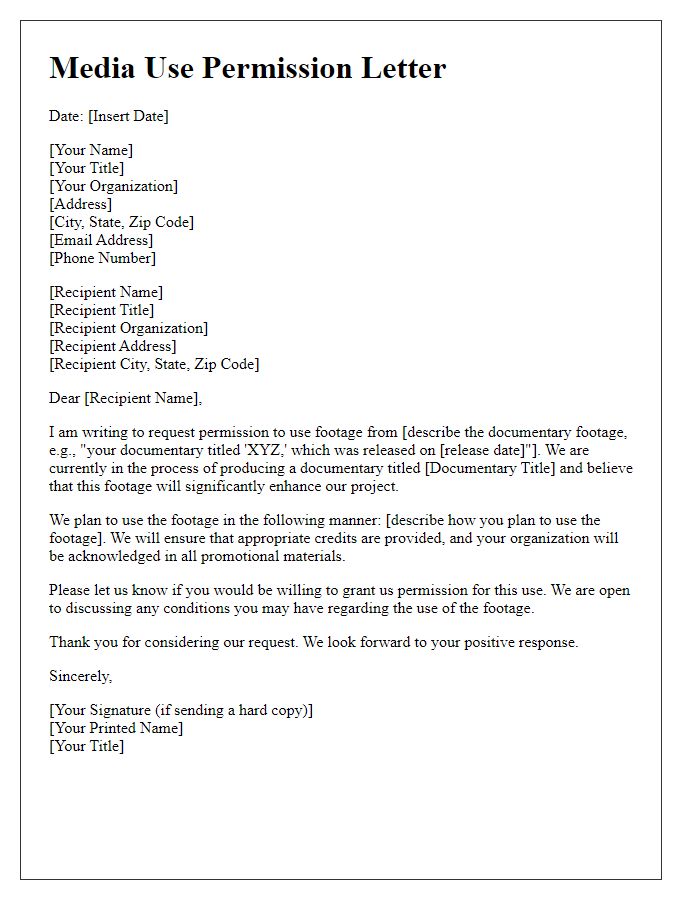
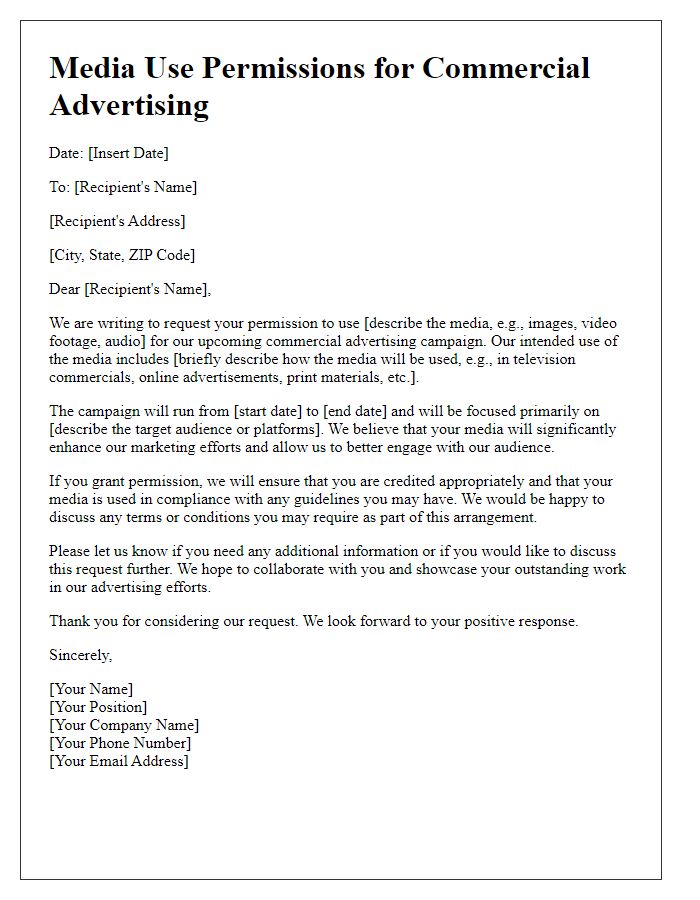
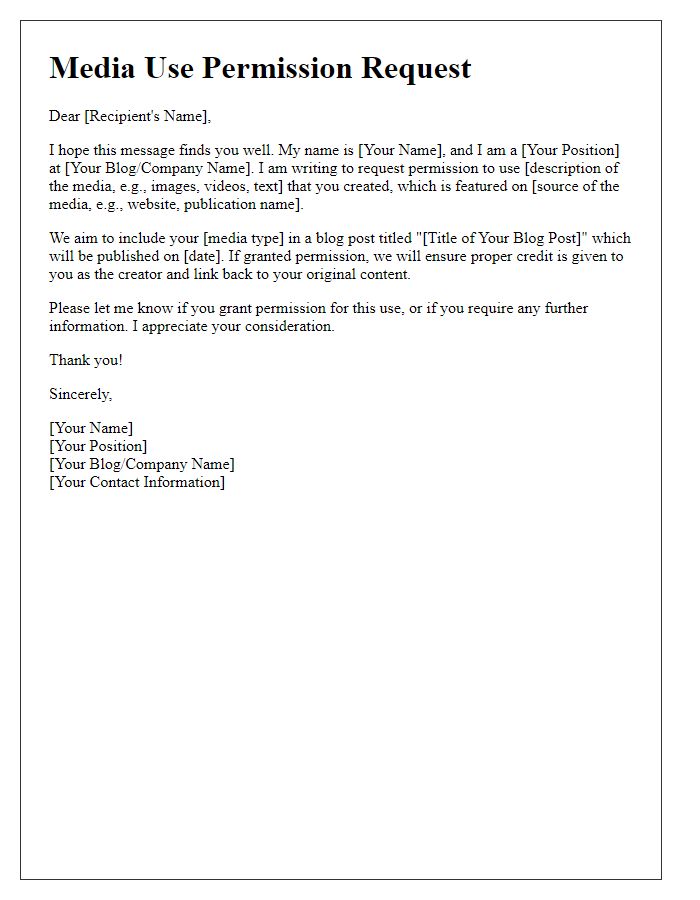
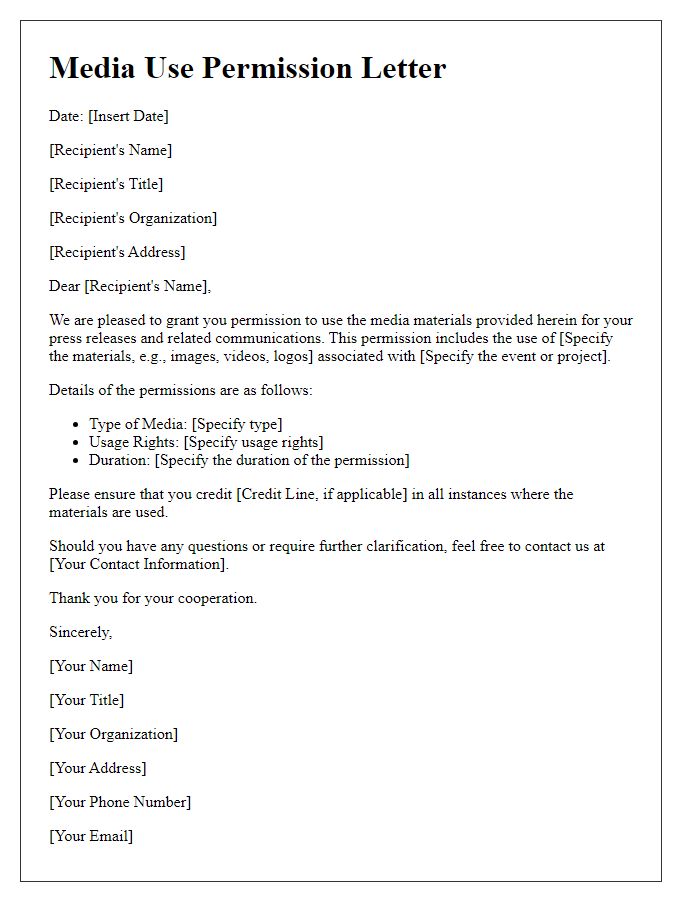
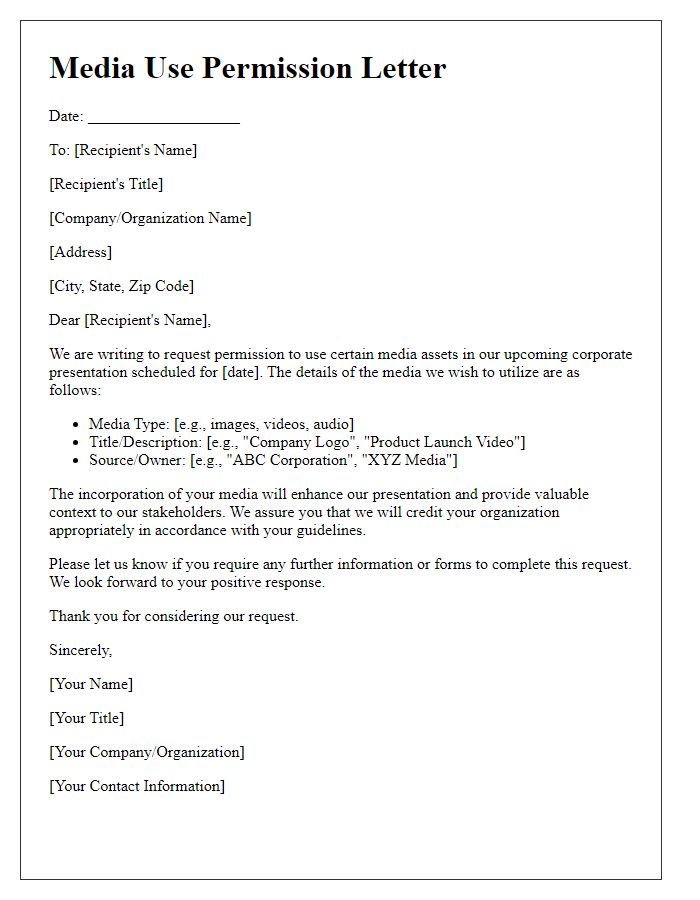




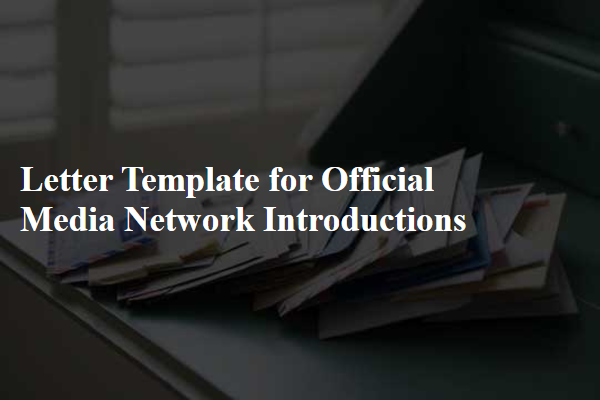
Comments